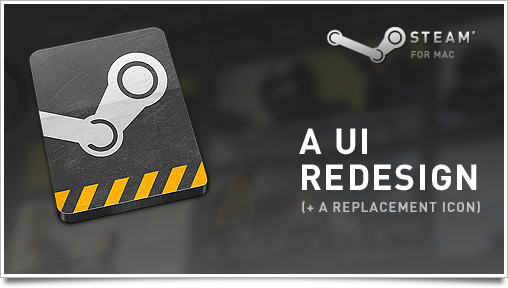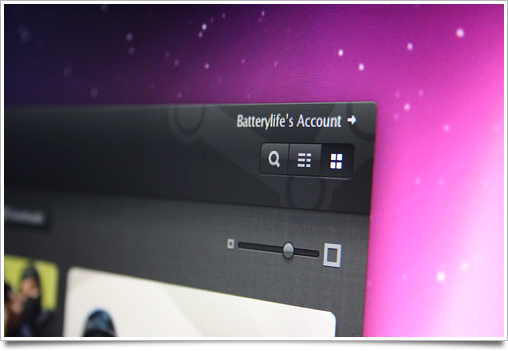There’s some discussion on Apple-centric and tech news websites about a video that’s doing the rounds with a new approach to notifications for iOS. While the system in the video is really nothing new (there’s been at least one alternative notification system in the App-Store-for-jailbroken-phones “Cydia” since 2010) it is getting a lot of attention, presumably because iOS users are quite satisfied with almost all the interactions of the OS except those dang stacking modal dialogs that interrupt your game of Angry Birds every time you get a text message.

And I can relate: when I am abroad, with my three email accounts, whenever I open Mail on my iPhone, I have to dismiss three ‘data roaming is off’ dialogs, and three ‘cannot get mail’ dialogs ( — that’s one per mail account). On an iPad, it can be even more jarring, with a tiny alert disabling the whole 9.7″ screen until you act on it.
This is a real issue. I have no doubt Apple is aware of this, like they were aware of copy and paste and multi-tasking.
This is not a post about what Apple will or should do to improve notifications on iOS. It’s a post talking about what solutions other platforms currently use to notify the user, and why Apple is (possibly, probably) taking such a while to create an optimal solution to the notification problem.









